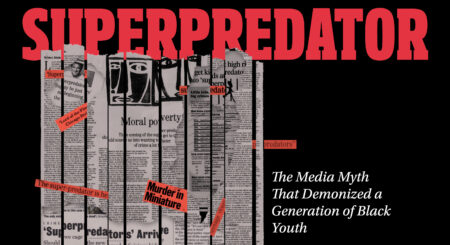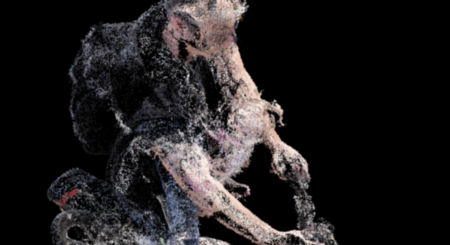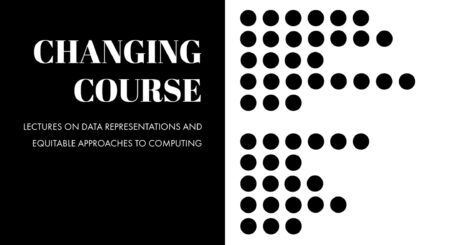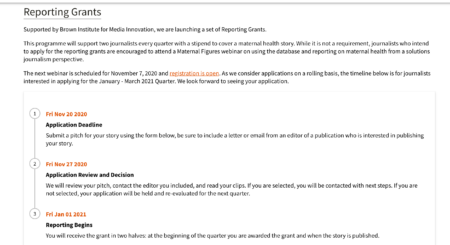“Instagram is full of wannabes, but there was only one Sylvia.” On November 24th, Damon Wise, Writer at Variety magazine interviewed our creative technologist Ziv Schneider about her project Sylvia,
Announcing the Computation+Journalism Conference for 2021
C+J 2021 —A virtual gathering. From the outset, 2020 looked like it would be a year of data and computation in journalism. Think of the events that were planned —
Superpredator: The Media Myth That Demonized a Generation of Black Youth
Our 2020-21 Magic Grant Wolf Pack has published its first piece — a deep dive into the invention of the term “superpredator”. The team “found nearly 300 uses of ‘superpredator’
‘Sylvia’ Premiering at IDFA DocLab
Have you ever known an aging robot? Meet Sylvia, the first aging virtual influencer. Premiering on November 20, 2020 at the International Documentary FilmFestival Amsterdam (IDFA), attendee’s can look back on
Introducing ‘AR for Everyone!’: A Journalism 360 Project
The Brown Institute is excited to announce that our team members Ziv Schneider and Juan Francisco Saldarriaga have been selected as some of the winners of the 2020 Journalism 360 Challenge.
‘Changing Course’: Lectures on Data Representations and Equitable Approaches to Computing
Each year, the Brown Institute sponsors talks that explore the intersection between media and technology. This year we have three virtual presentations lined up, each challenging us to think about
Magic Grant projects ‘Public Analysis of TV News’ and ‘Sports Illustrated’ featured on Bloomberg QuickTake
On October 21, 2020, Ashlee Vance, Senior Writer at Bloomberg Businessweek interviewed Stanford Professor Kayvon Fatahalian and highlighted advancements in artificial intelligence through Magic Grant projects Public Analysis of TV
Introducing Reporting Grants from Maternal Figures
Led by Ashley Okwuosa and Chuma Asuzu, Maternal Figures is a solutions journalism project aiming to encourage journalists to investigate solutions to an endemic problem. The project focuses on Nigeria’s maternal
Institute Director Agrawala talks Deep Fakes with the Stanford Institute for Human-Centered AI
To spot a deep fake, researchers looked for inconsistencies between “visemes,” or mouth formations, and “phonemes,” the phonetic sounds. Using AI to Detect Seemingly Perfect Deep-Fake Videos was published on









